I’m not a farrier.
But the balance seems wrong on the RF.What is happening with the medial wall? That doesn’t look normal. What does your farrier say about it? The view from the bulb looks like an uneven shoe job compared to the structure of the foot. But I’m not a farrier. I don’t understand the massive bevel but I recognize that the farrier is setting the shoe far back so maybe that is why. There is a lot of heel but if your horse in in pads there may be a reason for this and it might be your horse’s conformation.
Rt. Hind - he bevelled that too. Is he trying to shorten the breakover? What does he say about this? It seems like your horse flares but some horse flare.
LF: A bunch of heel but it looks like your horse’s conformation is very different between the front and hind feet. I think again the shoe is not aligned to the alignment of the horse’s foot and isn’t helping your horse stand properly. The hole balance of the foot “swings” to the outside. Is the large bevel there to set the shoe back so far?
LH:The balance is creating a flare to the outside ant this doesn’t look aligned with your horse’s structure. Again, why the bevel?
You can ask your farrier to explain EVERYTHING they are doing. I always ask questions. I would honestly also consider another farrier.
My BO and good friend’s QH was nQR for a long time. I posted pictures here and people thought the toes were too long. The farrier was growing out his Halter/WP restricted hooves because more upright hooves made the nails drive further into the super thin wall. Radiographs were taken and my vet was involved. The front feet grew 2 shoe sizes. He MAY end up on a 4 week schedule for a while, he’s on a 5 week now but flares at 5 weeks. The farrier also recommended hind shoes to balance the horse.
Four or five cycles later, the horse is sound and moving much better.
I’d say his farrier is a good farrier but a bit more casual about it. My farrier is very active in the field and takes things very seriously. His old farrier happily let the owner switch to my farrier because he wasn’t able to keep the horse 100% sound and wanted the best for the horse. Even when he talked about radiographs with my vet. He still does their easier horses and absolutely no bad blood. That said, the old farrier is the nicest guy in the world…
Good luck!


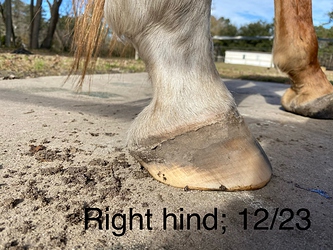
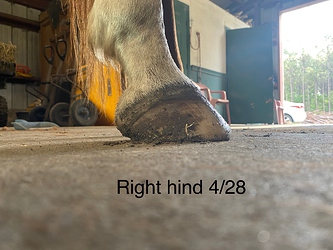

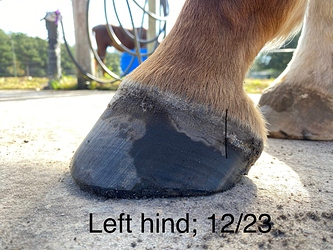
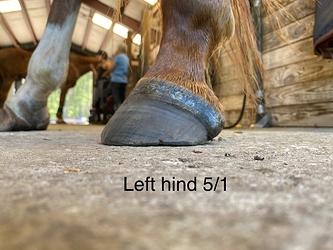

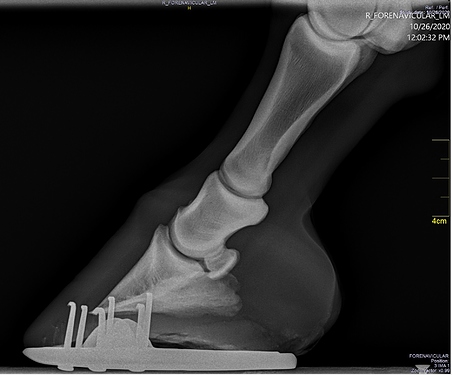

 but possibly not the distal descent article so I’ll check that out, thank you!!
but possibly not the distal descent article so I’ll check that out, thank you!!
